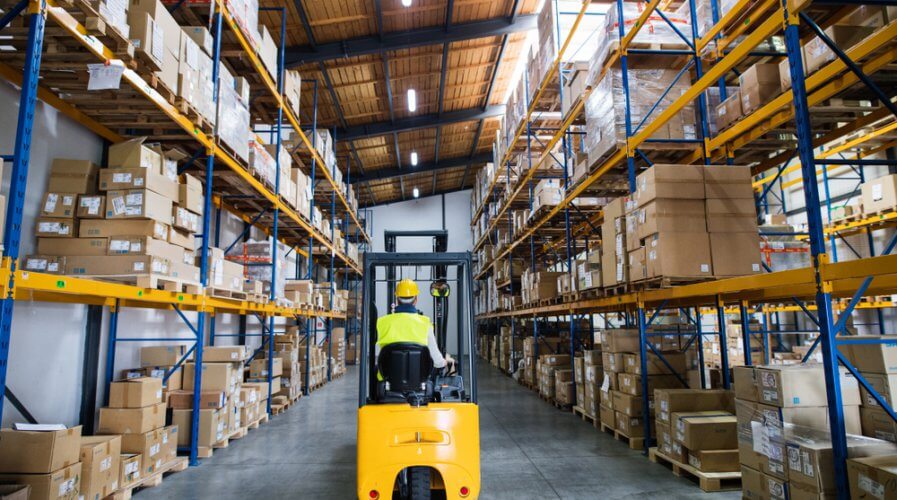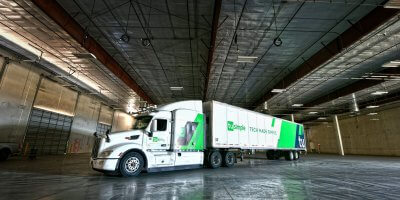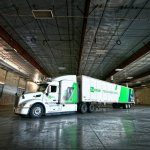
These are the tech that warehouses are using today. Source: Shutterstock
How technology is making warehouses more efficient
WAREHOUSES are getting busier by the day as e-commerce companies gain traction in new and emerging markets.
In Asia, particularly, the e-commerce boom has created a strong demand for more efficient warehouses, and logistics companies are turning to technology to build the next-generation storage spaces that can cater to this industry.
What’s interesting to note is that unlike other sectors, in logistics and warehouse, digital solutions that are making the biggest impact are those that leverage a combination of technologies rather than just one.
Further, warehouses of the future, although physical in nature, are increasingly becoming digital, data-driven units.
Here are some of the key ways modern warehouses are using technology to build their business:
# 1 | Leveraging sensors and robotics
In recent times, sensors have become quite affordable. As a result, it’s making more of a debut in warehouses.
Sensors not only help keep track of what is going on in the warehouse, but also ensures that sensitive materials such as chemicals and food products have the right temperature, humidity, lighting, and other storage conditions.
Robotics, another technology that is becoming cheaper, is used in the warehousing space, in conjunction with sensors, to ensure the storage spaces can run more efficiently, and be in operation around the clock.
New-age robots are also much slimmer and easier to maneuver — helping to maximize the space crunch in modern warehouses in cities such as Singapore and Hong Kong, where square-footage is always at a premium.
# 2 | Making the most of wearables and barcodes
When Amazon made headlines tracking the movements of staff in warehouses with wearable devices, it drew the attention of several critics.
However, the technology is something several businesses use in their warehouses, in order to understand what tasks workers struggle with and how those can be optimized.
Further, new-age warehouses use barcodes (often alongside RFID tags) on parcels to not collect data on incoming and outgoing parcels but also to track the parcels within the warehouse.
Doing so ensures that workers are doing their jobs efficiently, and makes the company aware of tasks that need to be optimized because they take too long or hinder workers from completing tasks quickly.
# 3 | Smart(er) inventory management systems
Warehouses store inventory. If they’re owned by a single company, they hold data about that particular company. If they work with many clients, they keep stock of the inventory of several businesses.
Ultimately, however, these warehouses know what items are in stock, how long it took to get there, how long it was on the shelf, and where it is going next.
That data is really valuable to managers who’re looking to take their demand and supply forecasts to the next level — and hence, if warehouses make their systems smarter, they’re able to deliver better insights — to their own company or to their clients — increasing the value of the work they do.
READ MORE
- Ethical AI: The renewed importance of safeguarding data and customer privacy in Generative AI applications
- How Japan balances AI-driven opportunities with cybersecurity needs
- Deploying SASE: Benchmarking your approach
- Insurance everywhere all at once: the digital transformation of the APAC insurance industry
- Google parent Alphabet eyes HubSpot: A potential acquisition shaping the future of CRM






